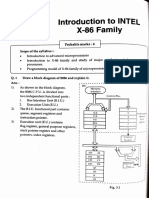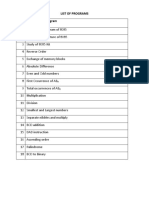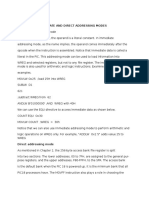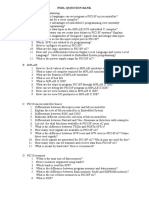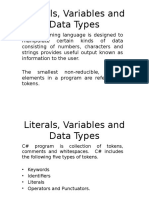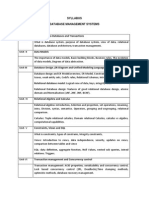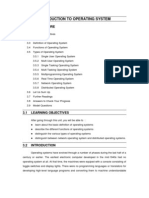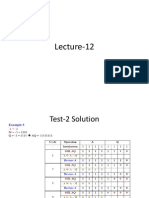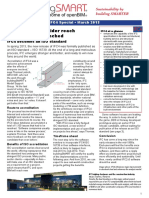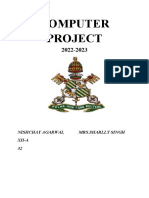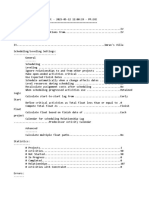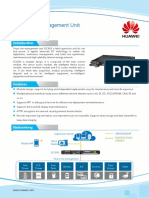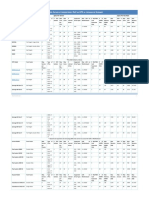0% found this document useful (0 votes)
3K views2 pagesComputer Architecture Basics
This document contains summaries of the differences between extended and expanded memory, descriptions of interrupts and their types, and details about modems and their types. It defines extended memory as memory addresses greater than or equal to 1MB, while expanded memory uses addresses within the lower 1MB space. Extended memory does not require page framing, while expanded memory does. Interrupts create a temporary halt in program execution to allow peripheral devices to access the microprocessor via an interrupt service routine. Hardware interrupts are caused by peripheral devices, while software interrupts are inserted into programs. Interrupts can be maskable or non-maskable. Modems modulate and demodulate signals to transfer data between computer networks over phone lines. Modems
Uploaded by
KaustubhCopyright
© © All Rights Reserved
We take content rights seriously. If you suspect this is your content, claim it here.
Available Formats
Download as DOCX, PDF, TXT or read online on Scribd
0% found this document useful (0 votes)
3K views2 pagesComputer Architecture Basics
This document contains summaries of the differences between extended and expanded memory, descriptions of interrupts and their types, and details about modems and their types. It defines extended memory as memory addresses greater than or equal to 1MB, while expanded memory uses addresses within the lower 1MB space. Extended memory does not require page framing, while expanded memory does. Interrupts create a temporary halt in program execution to allow peripheral devices to access the microprocessor via an interrupt service routine. Hardware interrupts are caused by peripheral devices, while software interrupts are inserted into programs. Interrupts can be maskable or non-maskable. Modems modulate and demodulate signals to transfer data between computer networks over phone lines. Modems
Uploaded by
KaustubhCopyright
© © All Rights Reserved
We take content rights seriously. If you suspect this is your content, claim it here.
Available Formats
Download as DOCX, PDF, TXT or read online on Scribd
/ 2



